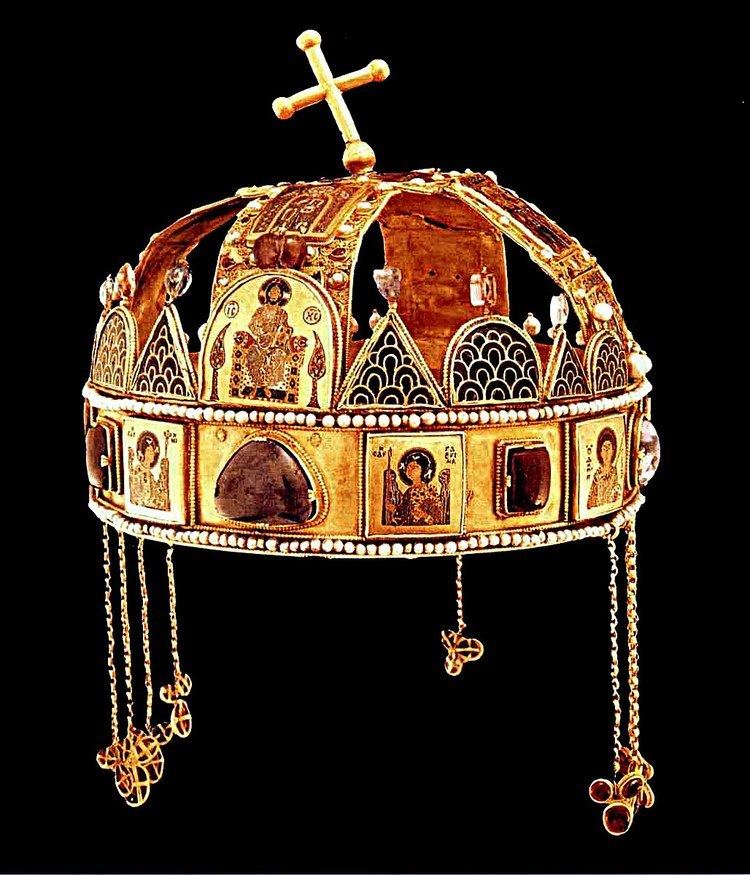 | ||
A coronation crown is a crown used by a monarch when being crowned. In some monarchies, monarchs have or had a number of crowns for different occasions, such as a coronation crown for the moment of coronation and a state crown for general usage in state ceremonial.
Famous coronation crowns
References
Coronation crown Wikipedia(Text) CC BY-SA
